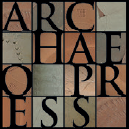
Publishing Scholarly Archaeology since 1997
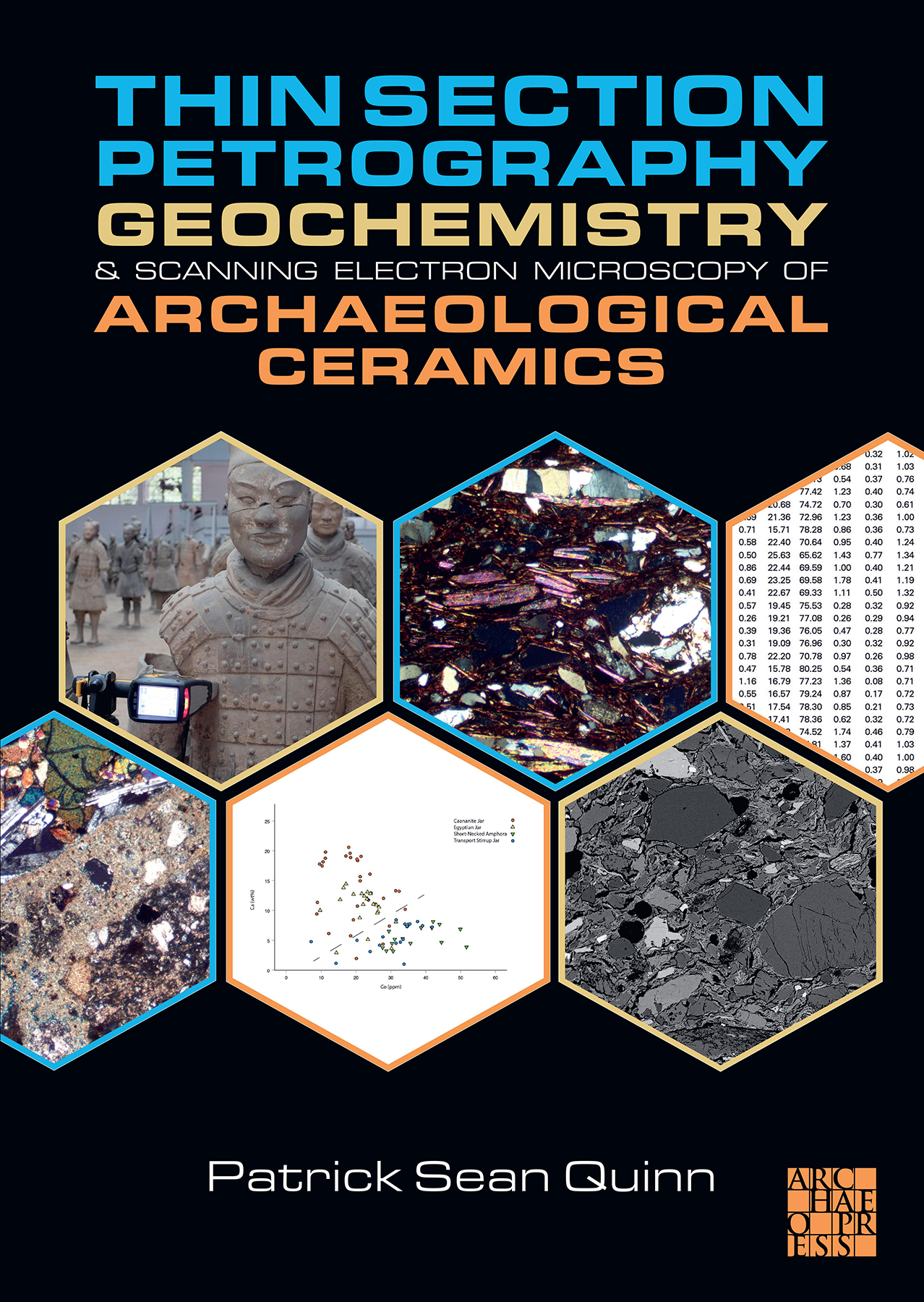
Download Sample PDF
H 245 x W 174 mm
466 pages
487 figures (colour throughout)
Published Jul 2022
ISBN
Paperback: 9781803272702
Digital: 9781803272719
Keywords
Ceramics; Pottery; Thin Section Petrography; Geochemistry; Scanning Electron Microscopy
Related titles

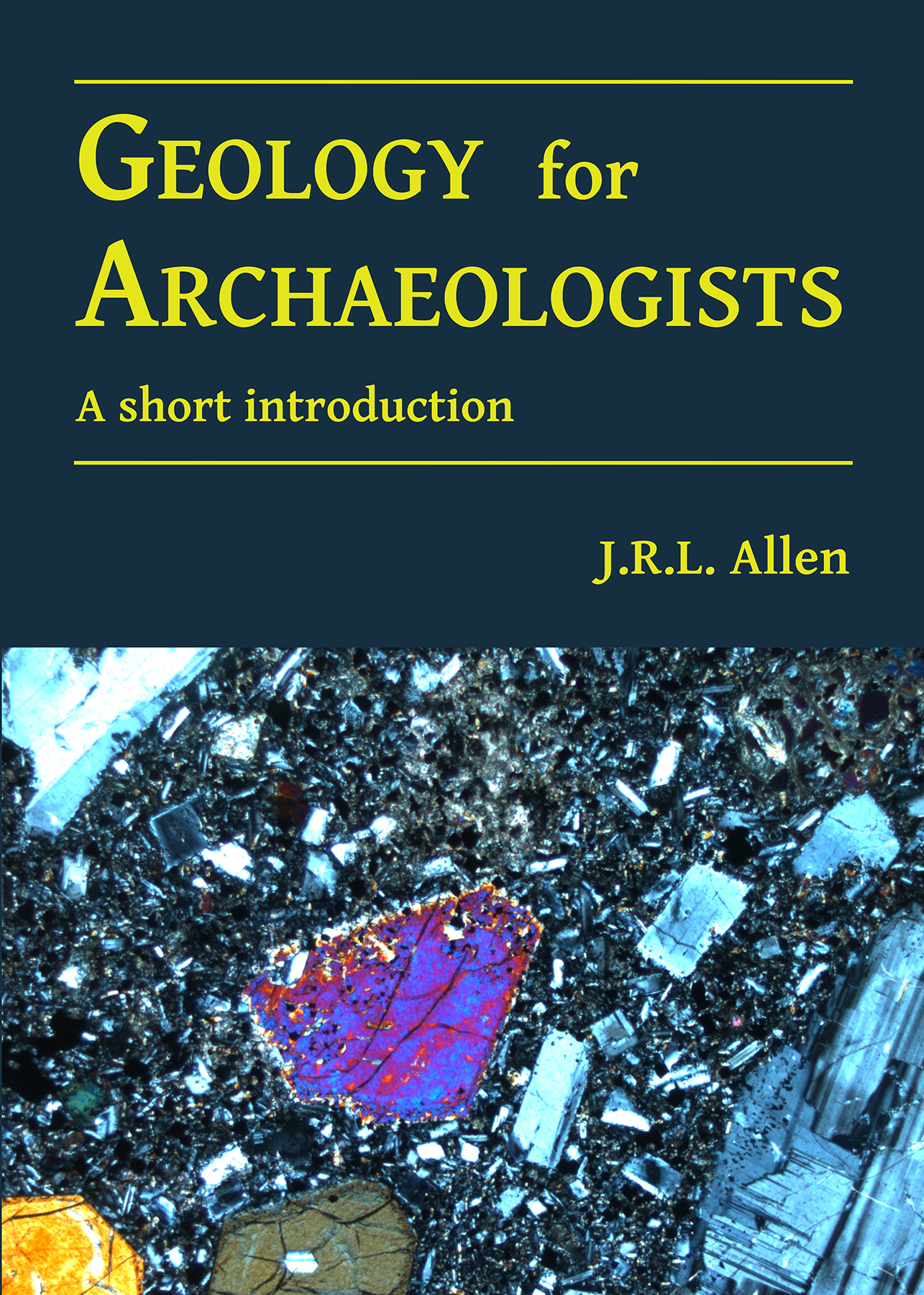
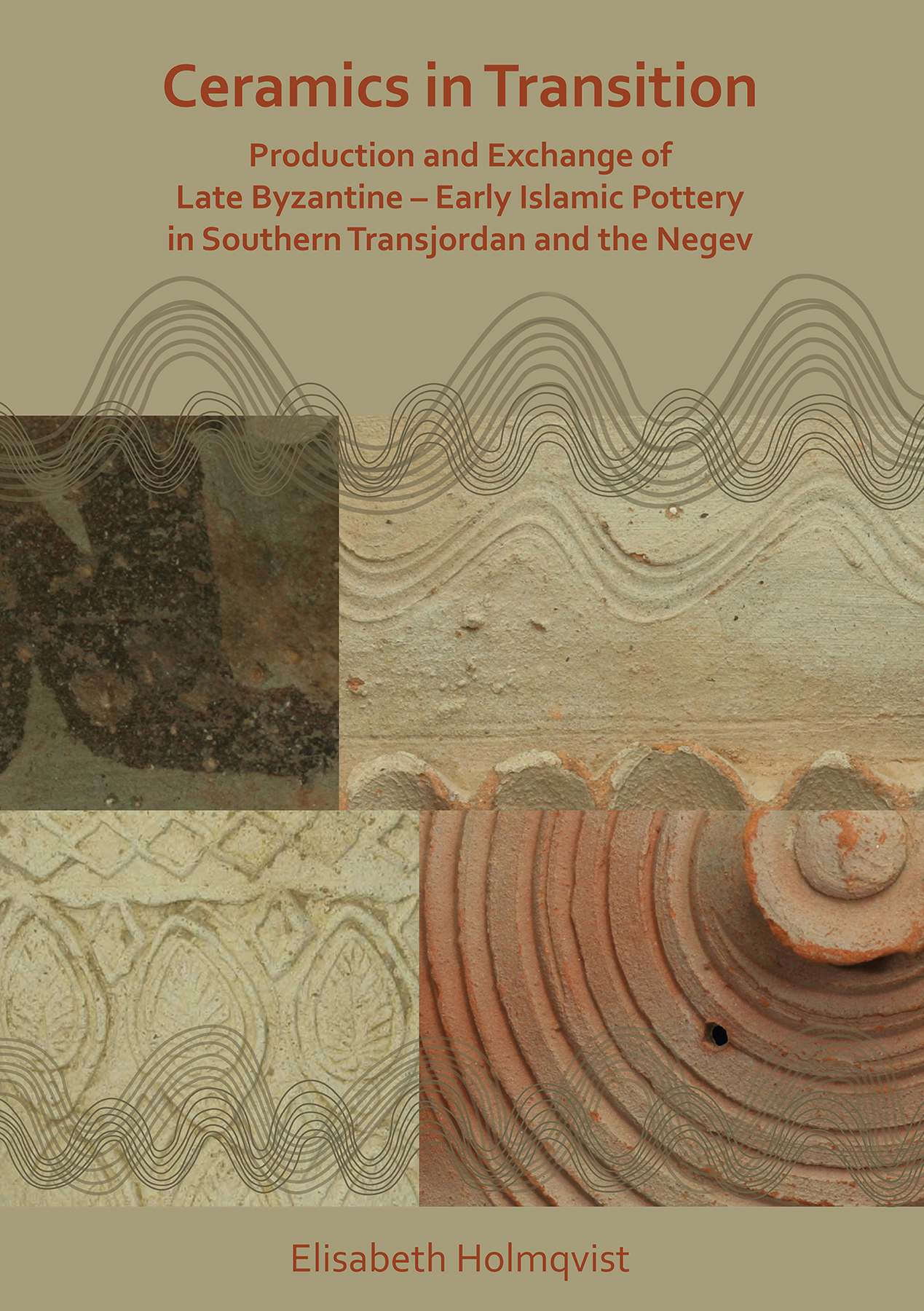
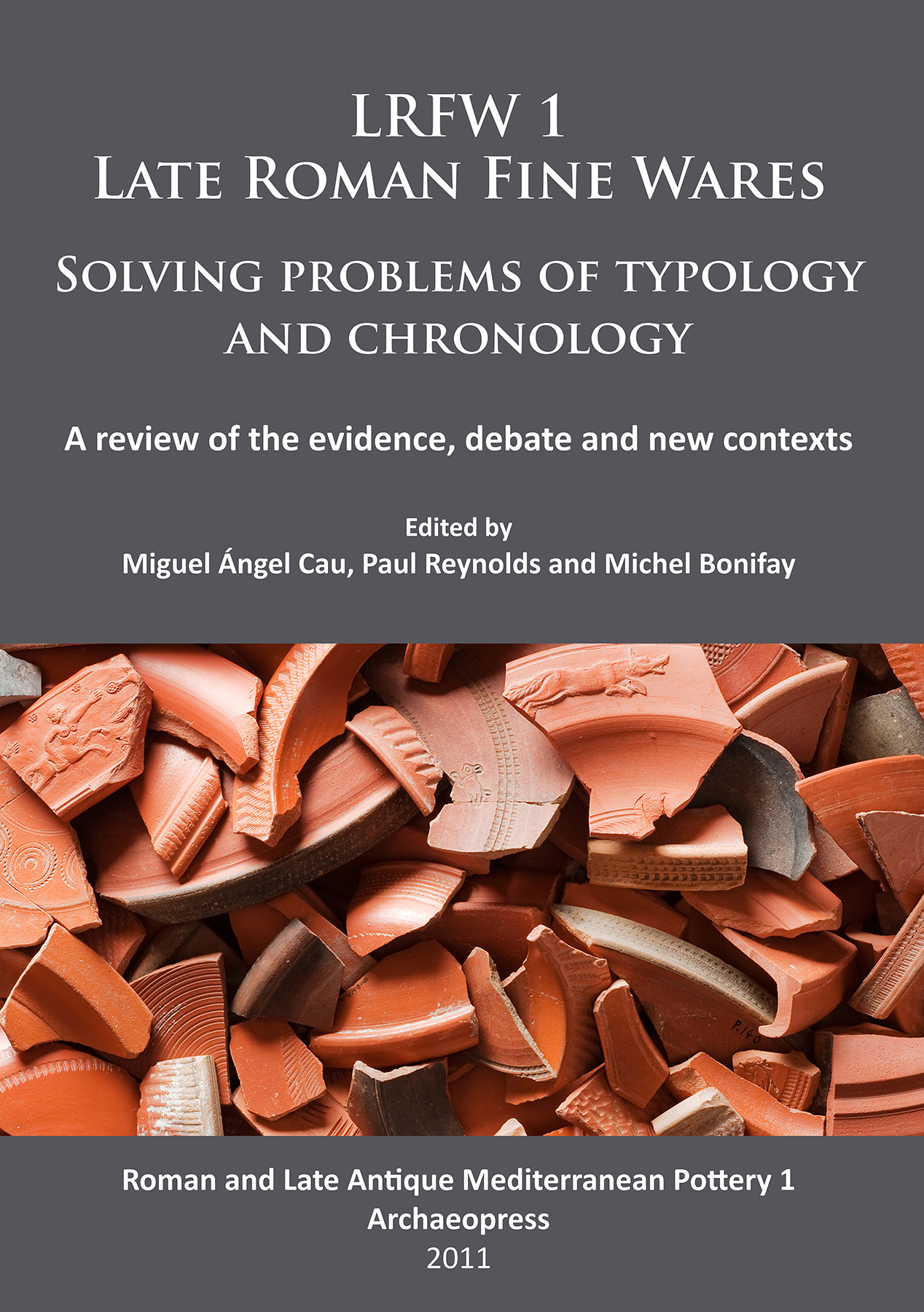

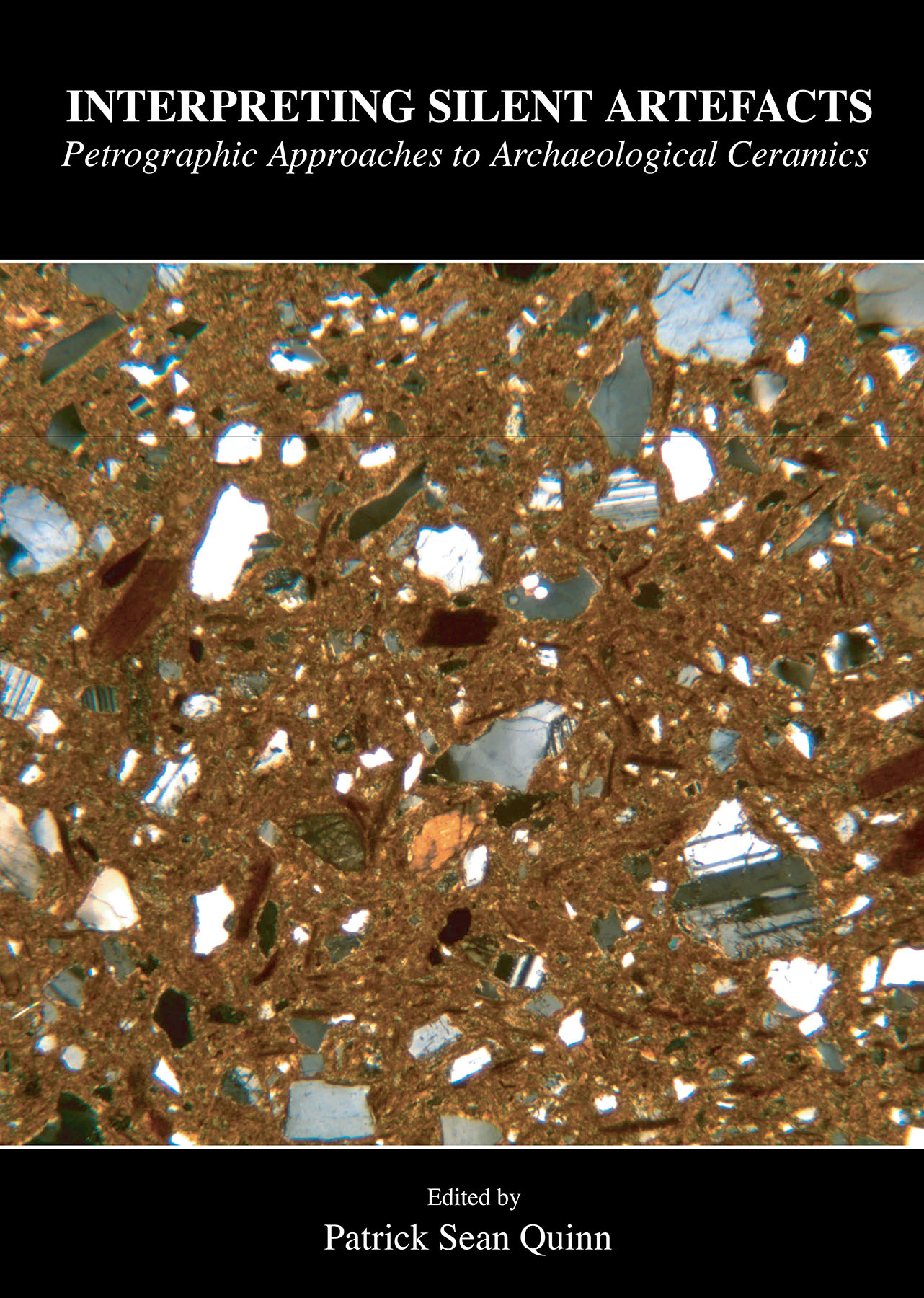
Thin Section Petrography, Geochemistry and Scanning Electron Microscopy of Archaeological Ceramics
Paperback
£35.00
Includes PDF
PDF eBook
(personal use)
£16.00
PDF eBook
(institutional use)
Download
Using over 400 colour figures of a diverse range of artefact types and archaeological periods from 50 countries worldwide, this book outlines the mineralogical, chemical and microstructural composition of ancient ceramics and provides comprehensive guidelines for their scientific study within archaeology.
Contents
Chapter 1: Introduction to Archaeological Ceramics & Compositional Analysis ;
Archaeological Ceramics ;
Ceramic Compositional Analysis ;
Introduction to Thin Section Petrography ;
Further Reading ;
Chapter 2: Sampling, Preparation & Analysis of Ceramic Thin Sections ;
Introduction ;
Sampling ;
Thin Section Preparation ;
Analytical Equipment ;
Other Resources ;
Curation & Access to Thin Sections ;
Further Reading ;
Chapter 3: Composition of Archaeological Ceramics in Thin Section ;
Introduction ;
The Clay Matrix ;
Particulate Inclusions ;
Voids ;
Further Reading ;
Chapter 4: Classification & Characterisation of Archaeological Ceramics in Thin Section ;
Introduction ;
Visual Classification & Description ;
Quantitative Characterisation & Statistical Grouping ;
Macroscopic Fabric Analysis ;
Further Reading ;
Chapter 5: Petrographic Provenance Determination ;
Introduction ;
Geological Characterisation of Ceramic Raw Materials ;
Provenance Resolution ;
Geological Literature & Fieldwork ;
Quantitative Provenance Determination ;
Micropalaeontology ;
Interpreting Provenance Data ;
Further Reading ;
Chapter 6: Reconstructing Ancient Ceramic Technology in Thin Section ;
Introduction ;
Raw Material Selection & Procurement ;
Raw Material Processing & Paste Preparation ;
Forming Methods ;
Finishing ;
Drying ;
Firing ;
Ceramic Use & Function ;
Post-Depositional Alteration of Archaeological Ceramics ;
Further Reading ;
Chapter 7: Other Ceramic Materials in Thin Section ;
Introduction ;
Architectural Ceramics ;
Unfired Clay Structures ;
Refractory Ceramics ;
Other Ceramic Objects ;
Petrography of Cementitious Materials ;
Stoneware, Fritware, Porcelain & Faience ;
Further Reading ;
Chapter 8: Instrumental Geochemistry of Archaeological Ceramics ;
Introduction ;
The Chemical Composition of Ceramics ;
Equipment & Preparation ;
Quality Control ;
Descriptive Statistics ;
Choice of Elements ;
Normalisation, Standardisation & Transformation ;
Detecting Geochemical Patterning ;
Data Presentation ;
Reconciling Geochemical & Petrographic Data ;
Geochemical Provenance Interpretation ;
Geochemistry & Ceramic Technology ;
Further Reading ;
Chapter 9: Scanning Electron Microscopy & X-Ray Diffraction of Archaeological Ceramics ;
Introduction ;
Scanning Electron Microscopy ;
SEM Geochemical Characterisation ;
SEM Mineralogical Characterisation ;
SEM versus Thin Section Petrography & Bulk Geochemistry ;
X-Ray Diffraction Analysis of Ceramics ;
Further Reading
Reviews
‘Quinn must be congratulated for providing the reader with a detailed account of how to take ancient and modern ceramic studies to a new and exciting level of research.’ – George Nash (2022): Current Archaeology (issue 393)
'Quinn’s magnum opus, published in late July 2022, is certainly the most recent and up-to-date textbook for the study of archaeological ceramics. It is valuable both as a textbook for students and as a handbook for senior scholars, keeping up with the fast changes that have occurred in the study of ancient pottery by thin section petrography.' – Charles C. Kolb (2023): The SAS Bulletin Online

 Add to wishlist
Add to wishlist